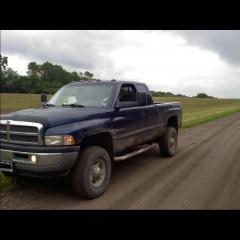- Replies 12
- Views 5.1k
- Created
- Last Reply
Top Posters In This Topic
-
trreed 5 posts
-
Wild and Free 4 posts
-
Mopar1973Man 2 posts
-
mossyoak71 1 post
Popular Days
Most Popular Posts
-
Was it doing this before the new radiator and were the hoses replaced at the same time? Try doing an easy stall with the cap off and have someone watch to see if it bubbles with a load on
-
I'm betting that'll show me the true colors. Thanks for the tip! I'm away from the car for another two weeks but will try that when I'm working on it again
-
I have not seen them in a while I know they make a liquid test kit you can test it for color change as well too same concept. https://www.amazon.com/Lisle-75500-Combustion-Leak-Detector/dp






I've got a 1970 351 Cleveland that is having an overheating issue. I've talked with @TFaoro about it and he's steering me towards it needing head gaskets. (A Ford needing head gaskets? Never heard of that!). Anyways, I was hoping to hear if anyone else has run into and issue like this. And when I say overheating "issue" I mean it's puking coolant out within three miles of gentle driving (with and without a thermostat).
Last time I worked on the car (two days ago), I put on a new water pump in hopes that would help. It did not. Any thoughts?
Edited by trreed